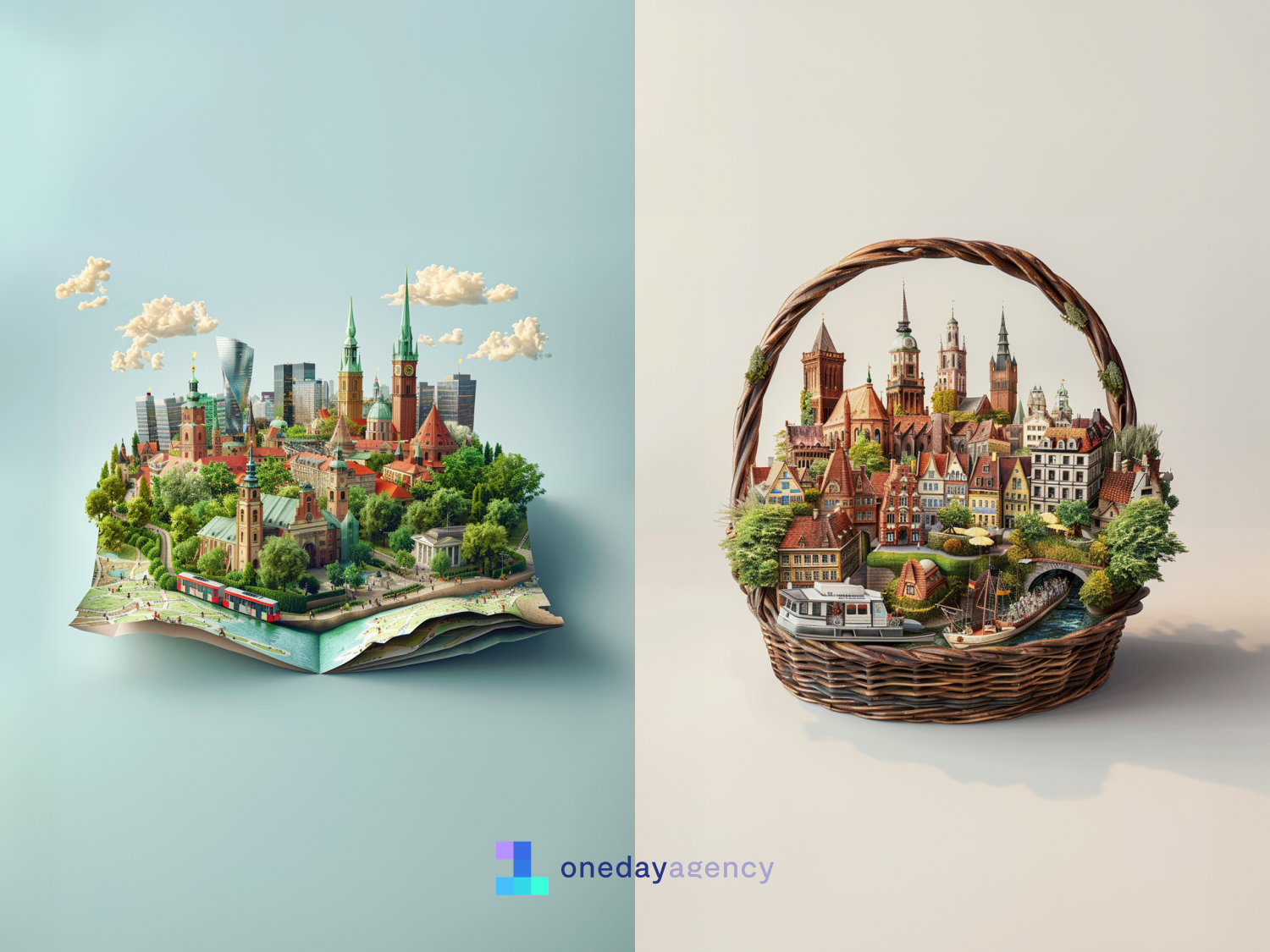What does the buzz around bee-friendly bus stops mean for advertisers?
Hive you heard about Leicester’s new “bee stops”?
These pollinator-friendly bus shelters are a part of Leicester’s new campaign which aims to transform Leicester’s bus stops and promote positive environmental changes throughout the city. By the end of summer 2021, there will be 30 of these “living shelters” in Leicester alone and the City Council has plans to fit other bus shelters with solar panels and smart lighting to reduce energy usage. Each “bee stop” is planted with a mixture of Sedum plants and wildflowers, with the goal of supporting and promoting local biodiversity, allowing pollinators such as bees, insects and butterflies to thrive. And that’s not all. These shelters also promote carbon absorption and reduce the number of airborne pollutants. In the last few months, Leicester has seen over a dozen bus shelters transform to support local wildlife. And they aren’t alone.
Already, Cardiff has begun implementing similar changes, with many other major UK cities looking eager to follow suit. It seems that within the next few years, bee-friendly bus stops could appear all across the UK. We already know that bus shelter advertising can reach a huge audience nationwide. So, the real question is…
How could bee-friendly bus shelters affect advertisers?
These revamped bus shelters are already a hit on social media, with many users wanting to know how they can implement this kind of environmentally-conscious creativity in their home towns and cities, too.
In fact, before they reached Leicester, the Dutch city of Utrecht built 300 of these pollinator-friendly “bee stops” to promote biodiversity. In a few years, we are likely to see similar environmental changes made in cities across the world. But with bee-friendly bus stops still being in the minority, advertisers have a unique opportunity to set themselves apart and garner more attention to their bus shelter advertisements. As it turns out, “bee stops” are attracting more than just bees.
From commuters and motorists to shoppers and pedestrians, these new bus shelters are already gaining more attention than they did previously - which means advertisers can reap the benefits of more impressions per ad. Without any additional investment, advertisers can get more results for clients. And that’s not all.
As many city councils flock to make similar positive environmental changes, these bee-friendly shelters may become more and more popular, but advertisers can still expect to see huge rewards. In placing ads on these bus shelters, brands will be aligning themselves with the positive message that “bee stops” send. By taking advantage of these bee-friendly bus stops, brands can show both environmental consciousness as well as support for local biodiversity and the fight against climate change. The main benefit and challenge going forward for advertisers looking to use these new bee-friendly bus shelters will be in how they position themselves.
By showing their support for bee-friendly bus shelters, as well as other environmental changes on the high street, brands can connect with target audiences in a new and exciting way. Find out more about how One Day agency can help with your bus stop advertising campaigns here.
To learn more about Bee-Friendly Bus Stops, get in contact today.












